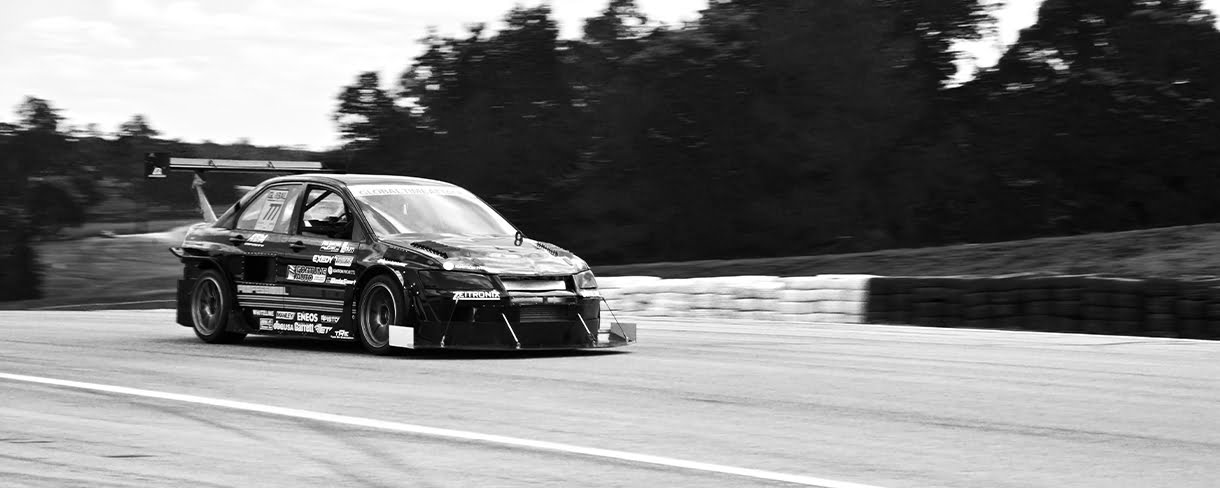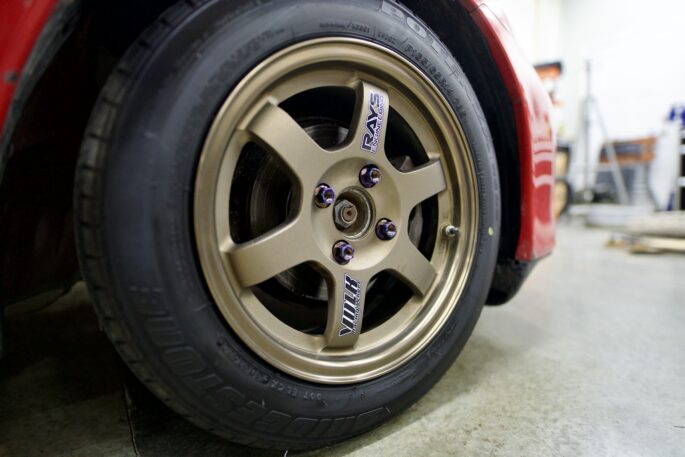So you’ve decided to install Professional Awesome Racing/Fortune Auto coilovers on your Honda Insight. Smart move, good for you! This guide isn’t going to be a step-by-step instruction manual, although we will provide some guidance. Taking off the stock suspension and putting on a replacement is a fairly simple job well documented in the OEM … Continue reading How to Optimize your First Generation Honda Insight Coilover Install


